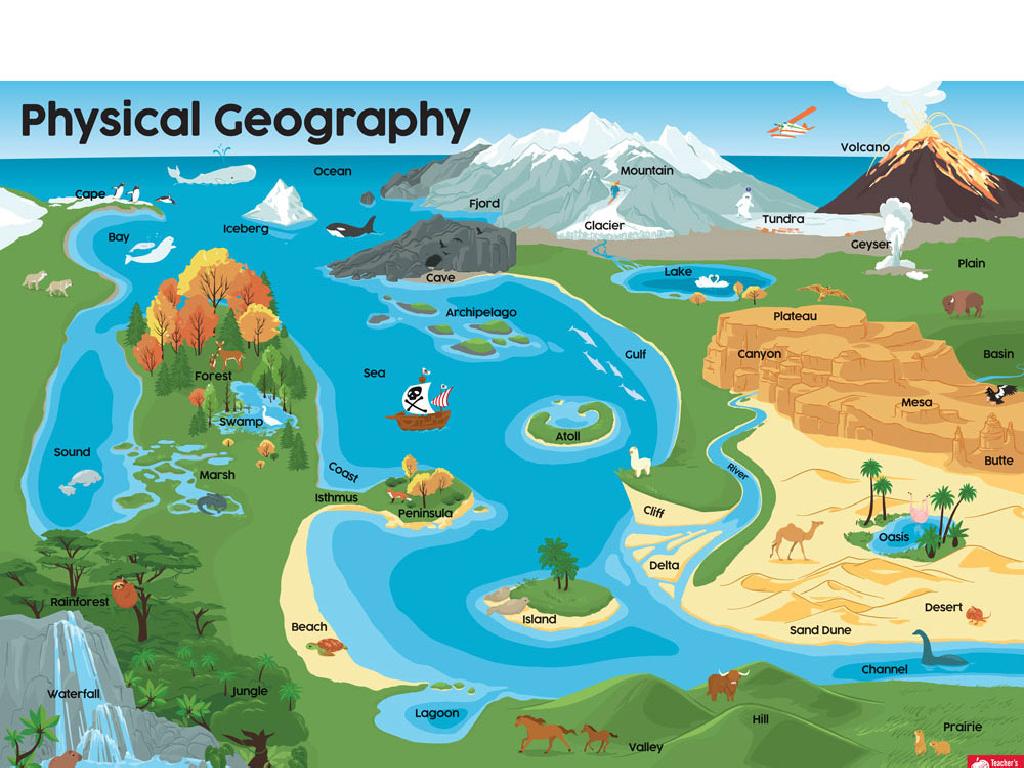Identify Constellations
Subject: Science
Grade: Fifth grade
Topic: Astronomy
Please LOG IN to download the presentation. Access is available to registered users only.
View More Content
Introduction to Astronomy: Constellations
– What is Astronomy?
– The study of celestial objects and space
– Exploring the Universe
– We use telescopes to observe stars and planets
– Today’s focus: Constellations
– Constellations are patterns of stars in the sky
– Why constellations matter
– They help us navigate and tell stories
|
Astronomy is a branch of science that deals with the study of celestial objects, space, and the physical universe as a whole. It’s important to convey the vastness and wonder of the universe to spark interest in young students. Today, we will focus on constellations, which are groups of stars forming a recognizable pattern that is traditionally named after its apparent form or identified with a mythological figure. Understanding constellations can help us learn navigation, understand historical perspectives, and appreciate the night sky. Encourage students to think about how people long ago used the stars for guidance and storytelling.
Exploring the Night Sky: Constellations
– Constellations: Star Patterns
– Groups of stars forming a recognizable pattern
– Named for myths, animals, objects
– Orion, Scorpius, Leo represent figures from legends
– Navigation by the stars
– Sailors historically used stars to find their way
– Storytelling through constellations
– Ancient stories passed down using star patterns
|
Constellations are a fundamental concept in astronomy, serving as a way to break the night sky into manageable parts. They are patterns of stars that have been identified and named over millennia, often after mythological creatures, animals, or everyday objects. These patterns have been used by various cultures for navigation, marking seasons, and as a canvas for storytelling, embedding rich history and culture in the stars. Encourage students to look up at the night sky and try to identify constellations themselves, and consider how people long ago used these patterns to navigate and tell stories.
Famous Constellations in the Night Sky
– Orion the Hunter
– Recognizable by ‘Orion’s Belt’, three stars in a line
– Ursa Major (Big Dipper)
– Known for the ‘Big Dipper’ asterism, part of the larger Ursa Major constellation
– Cassiopeia the Queen
– Characterized by a distinctive ‘W’ shape formed by five bright stars
|
This slide introduces students to three famous constellations: Orion, Ursa Major, and Cassiopeia. Orion is one of the most prominent constellations, easily identified by the three stars that form Orion’s Belt. Ursa Major contains the Big Dipper, an asterism that is useful for navigation as it points towards the North Star. Cassiopeia is notable for its W shape, making it easy to spot in the night sky. Encourage students to find these constellations at home and share their experiences. Discuss the mythology behind each constellation to make the lesson more engaging. Provide star maps for students to help them locate these constellations in the sky.
Locating Constellations in the Night Sky
– How to use a star map
– A star map guides us to identify constellations
– Understanding the celestial sphere
– The celestial sphere is an imaginary sphere where we see the stars
– Finding the North Star (Polaris)
– Polaris helps us find direction; it’s near the north celestial pole
– Practice finding constellations
|
This slide introduces students to the basics of locating constellations. Begin by explaining how a star map is a tool that helps us find constellations in the sky, much like a map helps us navigate on land. Introduce the concept of the celestial sphere as an imaginary dome where we see the stars and constellations from Earth. Emphasize the importance of the North Star, Polaris, which is almost directly above the North Pole, making it a crucial point for orientation in the night sky. Encourage students to practice finding constellations using these methods, and consider organizing a stargazing night for practical application.
The Stories Behind Constellations
– Constellations & mythology
– Ancient stories among the stars
– Cultural significance
– Different cultures, different star stories
– Orion’s legend
– The mighty hunter and his belt
– Ursa Major’s tale
– The great bear in the sky
|
This slide introduces students to the rich mythology and cultural significance behind constellations. Explain how ancient civilizations used constellations not just for navigation, but also to pass down important stories and beliefs. Highlight how different cultures have their own interpretations of the patterns they saw in the stars. Share the Greek legend of Orion, the hunter, whose belt is easily recognizable in the night sky, and the story of Ursa Major, known as the Great Bear. Encourage students to think about what stories they might create based on the star patterns they see. This will help them understand that constellations are more than just scientific groupings of stars; they’re a blend of science, culture, and storytelling.
Observing the Night Sky: Stargazing Tips
– Best practices for stargazing
– Find a dark spot, let eyes adjust, and use a star map.
– Using telescopes and binoculars
– Telescopes show planets, binoculars for constellations.
– Understanding observing conditions
– Clear, dark skies are ideal for observing stars.
– Mitigating light pollution
– Use red light and avoid bright lights to preserve night vision.
|
This slide introduces students to the basics of stargazing, including how to prepare for an observation session and the tools they can use to enhance their experience. Emphasize the importance of finding a dark location away from city lights and allowing time for their eyes to adjust to the darkness. Explain the difference between using a telescope and binoculars, and when each is appropriate. Discuss how light pollution affects our ability to see stars and constellations, and share tips on how to find the best conditions for stargazing. Encourage students to be patient and to keep a stargazing log to record their observations.
Class Activity: Create Your Own Constellation
– Gather your starry sky template
– Use stickers or markers to form a constellation
– Invent a story for your constellation
– Think about what your constellation represents
– Get ready to present your creation
|
This activity is designed to spark creativity and apply knowledge of constellations. Provide each student with a starry sky template and either stickers or markers. Students will use these materials to arrange their own unique constellation. Encourage them to be creative and come up with a backstory or myth for their constellation, similar to how ancient civilizations created stories for the constellations we know today. Once they’ve completed their constellation, have each student share their creation and its story with the class. This will help students practice their storytelling and presentation skills while reinforcing their understanding of constellations. Possible variations of the activity could include working in pairs, creating constellations based on current lessons, or even using glow-in-the-dark materials for a fun twist.






